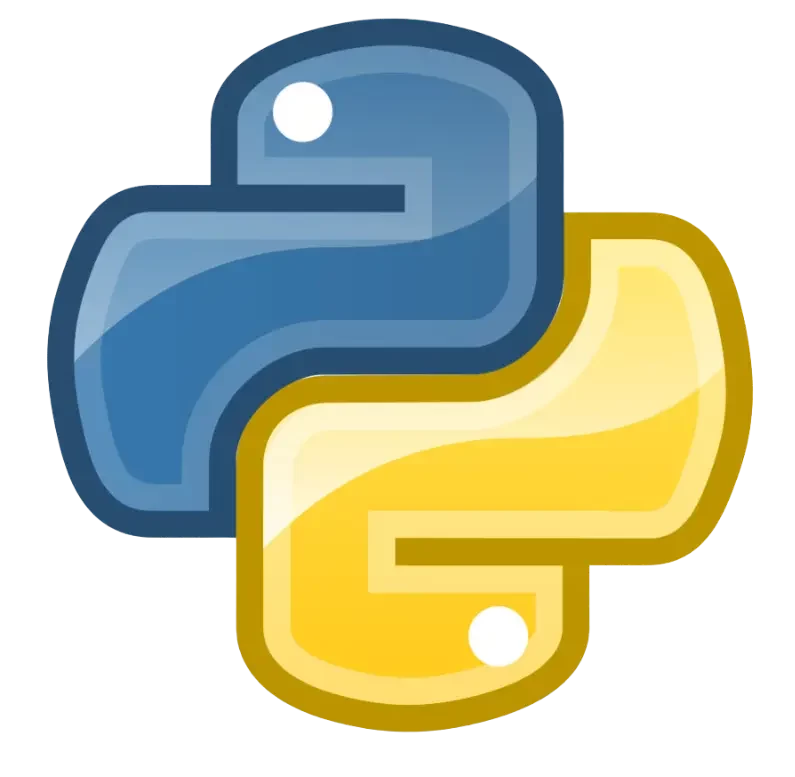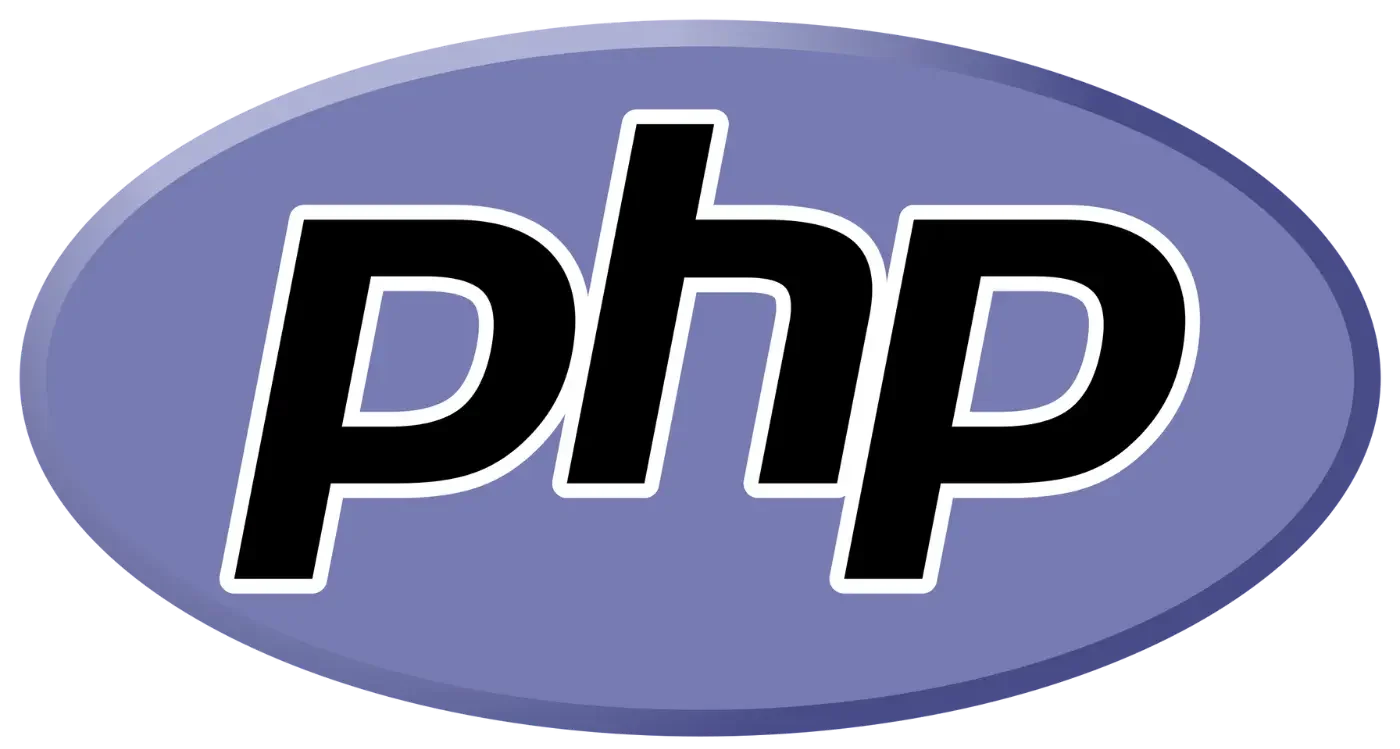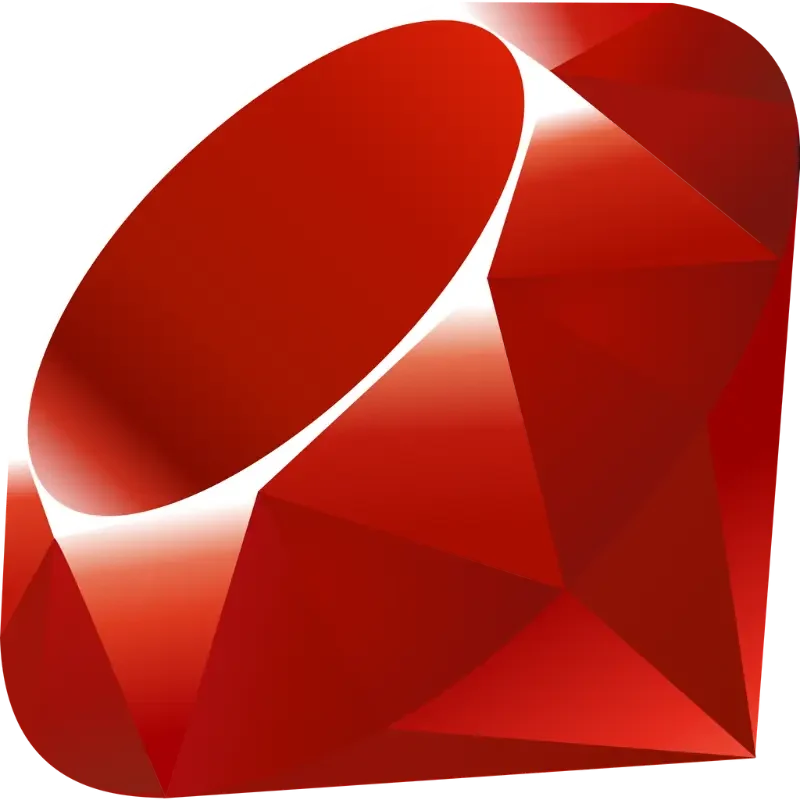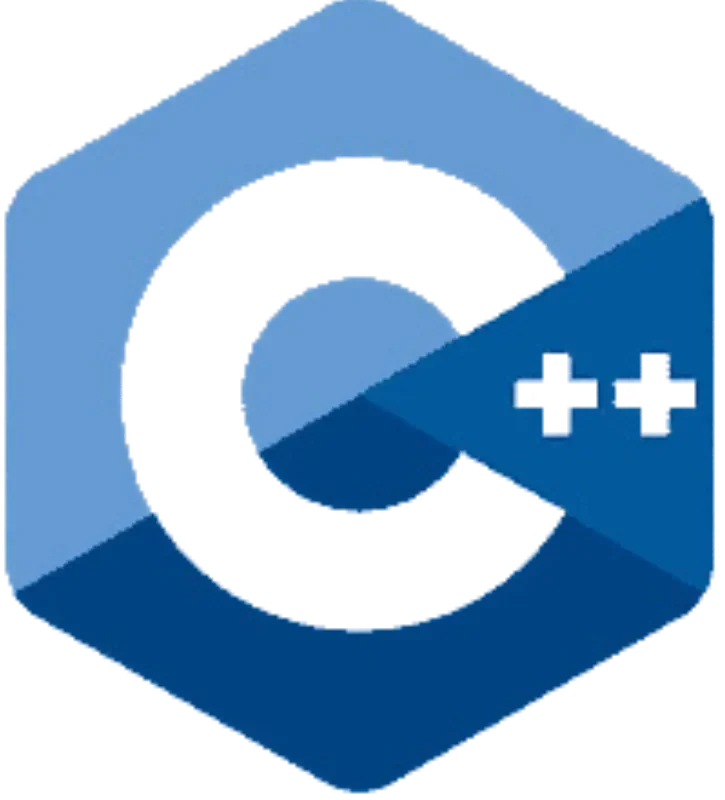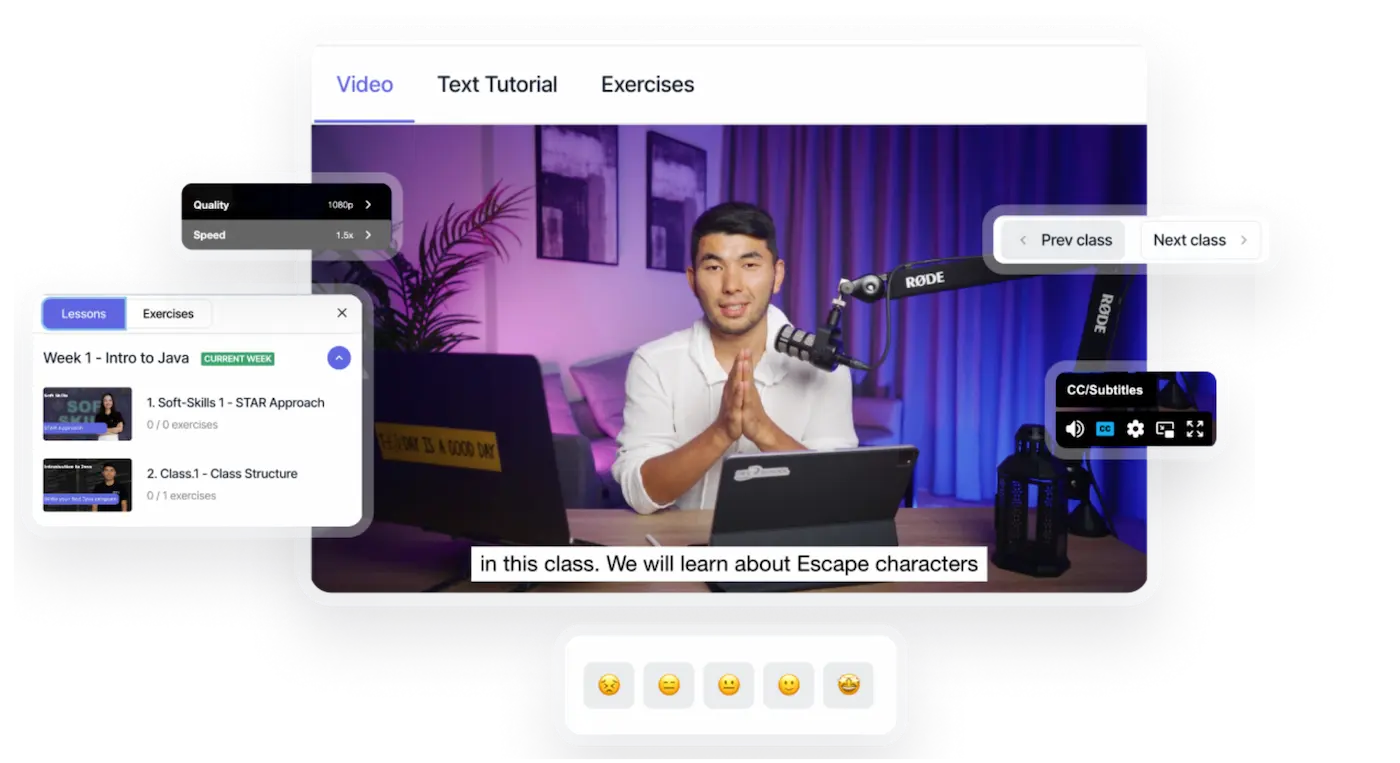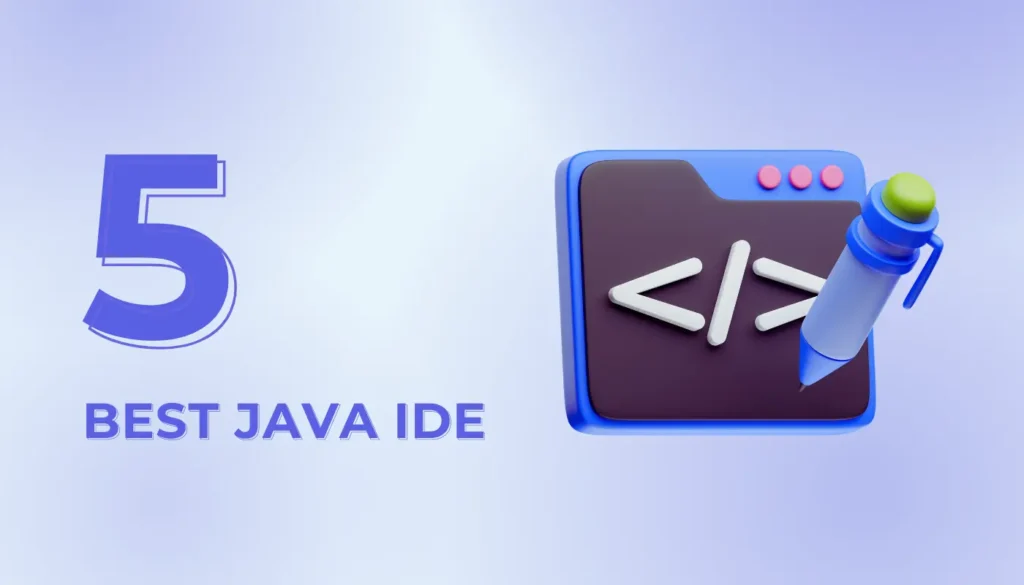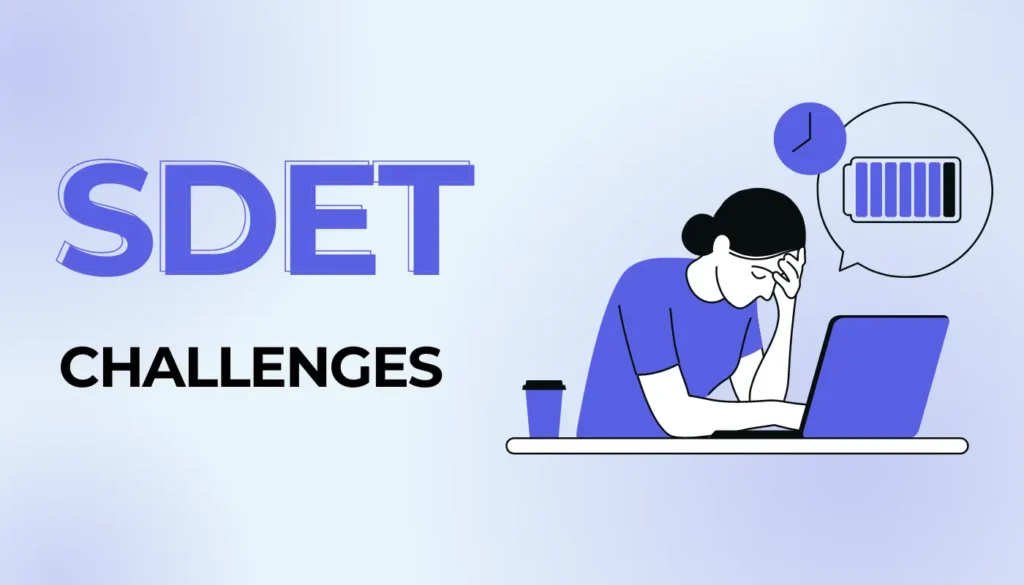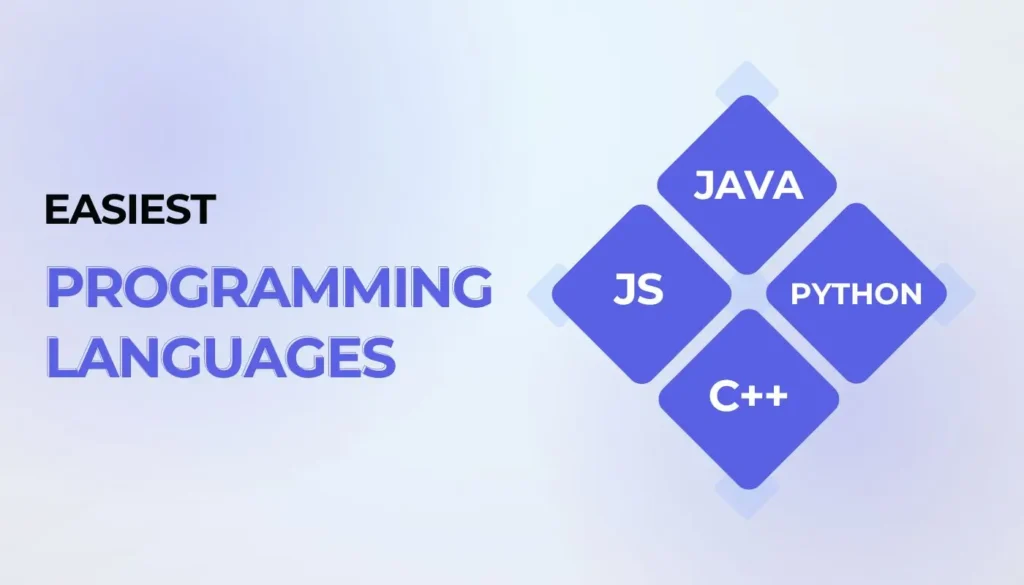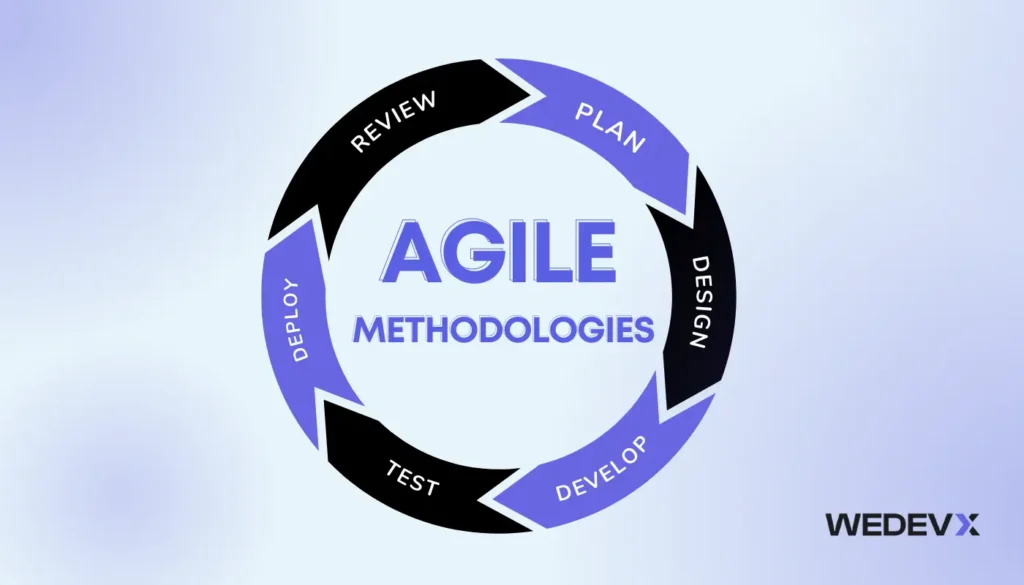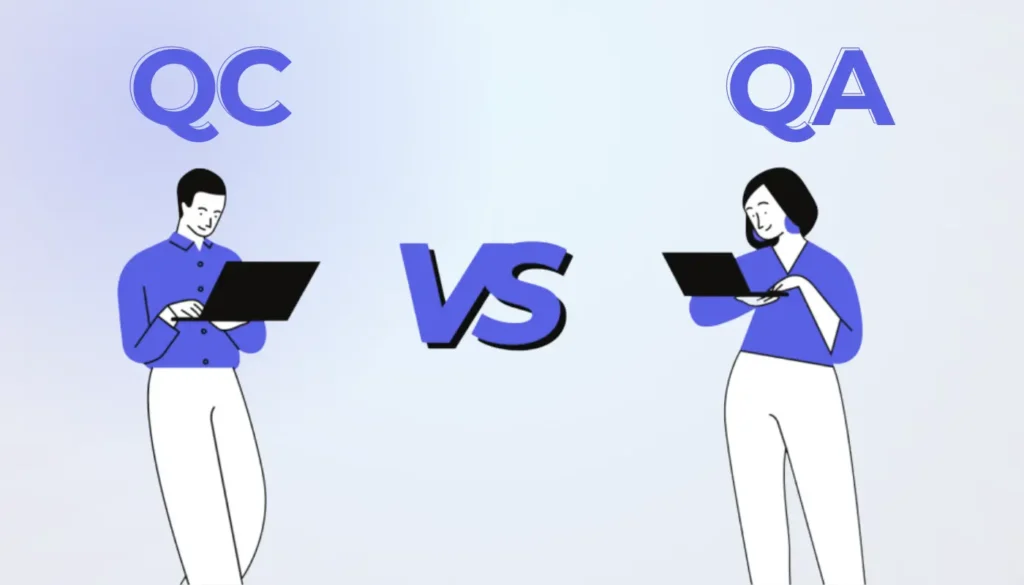Sectors like software development, web development, database management, and automation are incomplete without programming languages. That’s why programming is continuously evolving and remains in high demand across different industries.
According to the U.S. Bureau of Labor Statistics, the average salary for a Computer Programmer in 2021 was $93,000—and software development positions averaged $109,000 annually. The job growth projections in these fields surely signal a promising future for individuals equipped with programming skills.
But which programming language is best suitable to learn? Obviously, you should get started with the easiest one. You can gradually move towards the complex ones.
So—let’s discuss all about the easiest programming languages to learn in 2024. Hopefully, you’ll find the right one to begin your career.
Which Programming Language Is Easy For You?
When you look for many programming languages to learn, it feels like going through a never-ending labyrinth of options. That’s because there’s a wide range of programming languages, each with its own set of complexities and peculiarities.
It is suggested to select a programming language that is easiest for you to learn and use effectively. So, let’s see which might be the easiest for your specific needs:
Python
Python is a high-level, interpreted programming language renowned supporting multiple programming paradigms, including procedural, object-oriented, and functional programming. It’s extensive standard library, platform-independence, and vast ecosystem of third-party packages makes it suitable for diverse range of fields such as web development, data science, and artificial intelligence. So, Python is an easy programming language to learn because its:- intuitive syntax mimics natural language, making Python straightforward and accessible for beginners.
- enforced readability through indentation helps maintain a clear and organized code structure.
- abundant learning resources including tutorials, courses, and community forums are widely available.
- versatile application across various industries ensures relevant and engaging learning experiences.
- An interactive programming environment allows for experimenting and immediate feedback, enhancing the learning process.

You should know that in this example:
- The # symbol is used to add comments, which explain what the code does and are not executed.
- The def keyword is used to define a function named add_numbers which takes two parameters, a and b.
- Inside the function, the return statement is used to send back the result of adding a and b.
- The function add_numbers is called with the arguments 5 and 3, and the result is stored in the variable result.
- Finally, the print function is used to display the result on the console.
JavaScript
JavaScript is a dynamic programming language that is primarily used for efficient web development. It was initially created to make web pages interactive. But now it runs on virtually every modern web browser to manage the behavior of web pages, execute complex operations like asynchronous communication with servers, and dynamically update content without needing to refresh the page.
The best part is that JavaScript remains one of the most in-demand programming languages in the job market.
So, JavaScript is one of the easiest programming languages to learn because it:
- requires only a simple text editor and a web browser to get started with the learning process.
- executes directly in web browsers, which allows programmers to see the impact of their code without any time waste.
- abstracts away many of the complexities associated with lower-level languages like memory management.
- simplifies learning with syntax that is relatively forgiving and less strict than many other languages, such as Java or C#.
- enables programming learners to quickly progress from basic tasks to complex applications.
- covers a wide range of topics, just to ensure that beginners have access to abundant resources and guidance.
See here’s a small piece of JavaScript code that changes the text of a paragraph element on a webpage when a button is clicked:

You should understand that in this JavaScript code:
- The HTML contains a paragraph (<p>) element with an id of “demo” and a button element with an onclick attribute. This attribute triggers a JavaScript function whenever the button is clicked.
- There’s a function named changeText() inside the <script> tags. This accesses the paragraph element using document.getElementById(“demo”) and changes its content (innerHTML) to “Welcome to JavaScript!”.
Don't know where to start your tech career?
We are here for you! Schedule a free call with our consultant for personalized advice on achieving your learning goals
PHP
PHP is basically a server-side scripting language—designed primarily for web development. But it is also used as a general-purpose programming language. It allows developers to create dynamic web pages and applications quickly and efficiently. Yes—its versatility enables the creation of a wide range of web functionalities—from simple contact forms to complex e-commerce platforms. So, PHP is one of the easiest programming languages to learn because it:- Has a syntax resembling natural language, like: $message = “Hello, world!”;
- Offers extensive documentation and community support to ensure quick problem-solving.
- Allows quick creation of dynamic websites for rapid development.
- Features forgiving error handling with loose typing, so that there’s lesser frustration during coding.
- Integrates seamlessly with HTML, which facilitates smooth incorporation of dynamic content.
- Provides built-in functions and frameworks for efficiency, streamlining development processes.

Ready to kickstart your career in software development?
Enroll in the WEDEVX SDET Bootcamp today and take the first step towards mastering Java, SQL, Docker, Selenium, and more! Level up your skills, boost your income, and take control of your future.
Ruby
Ruby is a dynamic, object-oriented programming language. It’s easiest because it prioritizes developer happiness with an intuitive syntax and flexible nature. Ruby’s emphasis on readability and productivity makes it a favorite among developers for building robust and maintainable software solutions.
Its versatility allows it to be used for a wide range of applications, like web development, scripting, and automation tasks. You must be familiar with Ruby on Rails—that efficiently builds powerful and scalable web applications.
So, Ruby is one of the easiest programming languages to learn and use because:
- It simplifies code comprehension with intuitive syntax. For example, Ruby’s use of “do…end” for blocks and method chaining with “.” enhance readability, such as in array.each do |item| puts item end.
- Unlike statically typed languages, it allows variables to be assigned any type of data without specifying the type beforehand, as seen in x = 10 and x = “hello”.
- It treats everything as an object, enabling intuitive manipulation and abstraction, like string.length or array.push(element).
- Its standard library includes modules like Date, File, and Net::HTTP, offering built-in functionality for common tasks without requiring additional dependencies.
- Its metaprogramming features allow for dynamic creation and modification of code at runtime, such as defining methods on the fly or creating domain-specific languages (DSLs).
- Its community maintains comprehensive documentation, tutorials, and a vast collection of gems (libraries) like Rails, RSpec, and Sinatra, facilitating learning and development.
See, here’s a simple Ruby program that prompts the user to enter their name and greets them:
# Prompt the user to enter their name
puts "What's your name?"
# Get user input and store it in a variable
name = gets.chomp
# Display a greeting message
puts "Hello, #{name}! Nice to meet you."
You should know that:
- puts is used to output text to the console.
- gets.chomp is used to get user input from the console, removing the newline character at the end.
- “#{name}” is a string interpolation syntax in Ruby that inserts the value of the name variable into the string.
Don’t miss out on the opportunity to supercharge your career with WEDEVX SDET Coding Bootcamps. It’s your first step towards a successful tech career.
C++
C++ is a general-purpose programming language. Interestingly, it has both high-level and low-level capabilities. It’s a versatile choice for system software, game development, real-time systems, and high-performance applications.
So, C++ can be considered an easy programming language to learn because it:
- has an easy-to-understand syntax that feels familiar to programmers with a background in C or similar languages
- allows beginners to start with the basics of procedural programming, gradually learning more complex concepts
- enforces type checking, which help prevent many common programming mistakes and assists new developers in learning good practices early on
You should learn C++ as it gives a starting point for grasping how systems operate at a low level. This comes in handy when you move to other programming areas like operating system development or embedded systems.
Let’s take a look at a C++ code that demonstrates the use of functions and basic input/output. This program calculates the sum of two integers provided by the user:
#include <iostream> // Includes the I/O library
// Function that takes two integers and returns their sum
int addNumbers(int num1, int num2) {
return num1 + num2; // Returns the sum of num1 and num2
}
int main() {
int x, y; // Declaration of two integer variables
std::cout << "Enter two integers: "; // Prompt the user for input
std::cin >> x >> y; // Reads two integers from the user and stores them in x and y
// Call the function addNumbers with x and y as arguments
int sum = addNumbers(x, y);
// Output the result
std::cout << "The sum is: " << sum << std::endl;
return 0; // Indicate successful completion of the program
}
You should know that in this example:
- The program includes the iostream library.
- addNumbers is a function that takes two integers as parameters and returns their sum.
- The main function is the entry point—which prompts the user to enter two integers. Then calls the addNumbers function to compute their sum and finally prints the result.
Which Programming Language is the Hardest to Learn?
If you don’t want to go down the full-of-challanges road, then beware of the following programming languages which are relatively considered hardest to learn:
- Haskell
- LISP.
- Prolog
- Malbolge
- Assembly Language
- Brainfuck
- INTERCAL
- Cobol
- Fortran
- Ada.
- Erlang
All these programming languages require a deep understanding of computer science principles with a significant time investment. You choose learn of any of these only when you want to expand your programming expertise and open doors to specialized career opportunities.
Wrapping Up
Now you need to understand that difficulty to learn a programming language can vary based on individual background and aptitude. So, first of all, identify your goals and the purpose for learning programming. Then, assess your existing knowledge to determine which languages might be more accessible based on your current skills. You should look for languages known for their simplicity and readability, such as Python. Just ensure that you have direct access to ample learning resources.
Don’t hesitate to experiment with different languages to find the best fit for your learning style.

